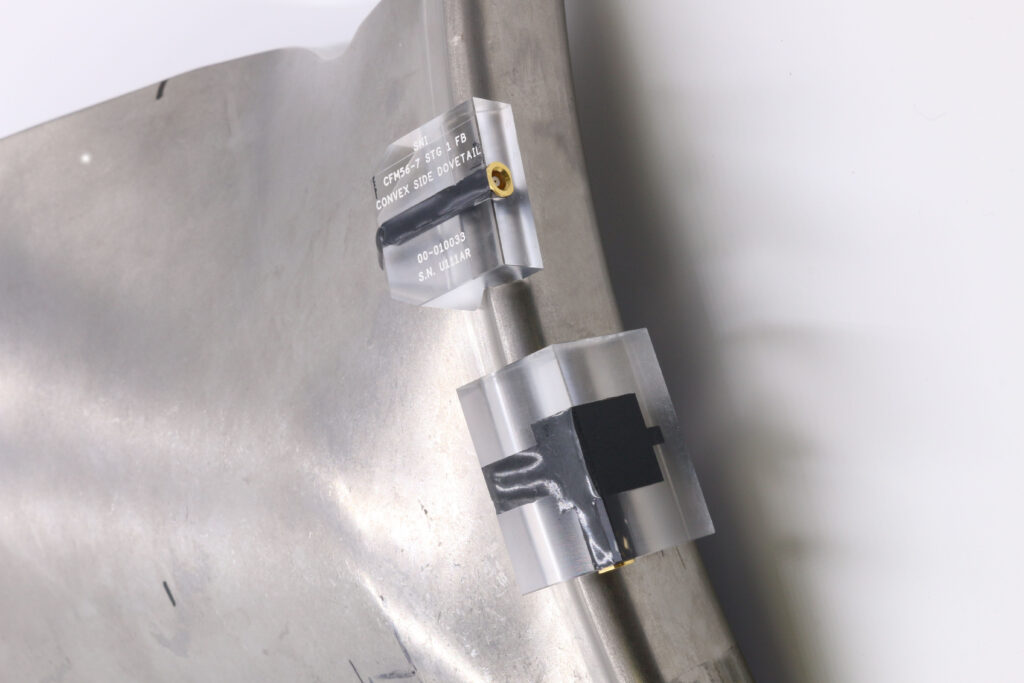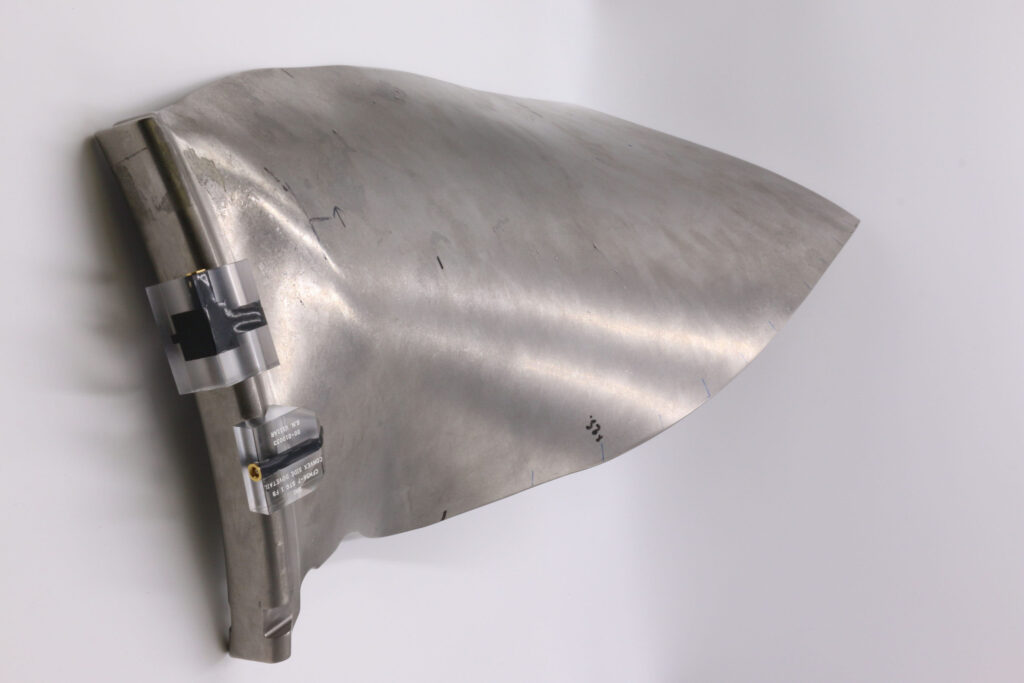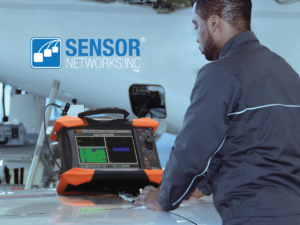Jim Shimp embarked on his engineering journey back in 1978. His career path has predominantly revolved around the realm of engineering inspection solutions tailored for jet engine components. Throughout his career, he has faced countless challenging applications, each one reminding him of the importance of what he does.
In 2018, Jim’s decades of expertise became instrumental when Sensor Networks, Inc. received a call from a major aircraft engine manufacturer. Mere hours before the call, a commercial airplane had experienced a catastrophic uncontained engine failure, forcing the pilot into an emergency landing. The focal point of the malfunction was the first-stage fan section of the engine, where a blade’s dovetail had fractured, detaching from the rotor disk. Remarkably, this marked the second incident of its kind involving this specific engine model within six months.
The initial incident also entailed a dovetail crack in one of the engine’s fan blades. However, during that occurrence, the detached blade did not inflict any harm on the aircraft’s main structure. Regrettably, the second event resulted in far graver consequences. On this occasion, when the blade broke free from the rotor, it propelled forward due to the force exerted by the other blades. The engine’s air inlet was damaged, and the resulting airborne debris breached the fuselage, tragically leading to a fatality.
Following the first incident, the engineers at Sensor Networks were commissioned by the engine manufacturer to design a transducer capable of detecting cracks within the dovetail section of the fan blades, even though such inspections had not yet been mandated. After the second incident, a mandatory inspection was issued for this specific engine model’s fan blades, allowing a mere twenty days for compliance. Failure to meet this deadline would entail grounding aircraft equipped with this engine.


Although SNI had designed the transducer needed for the blade inspections, the implementation of large-scale production had not yet been achieved. Nevertheless, in response to the urgent call, the SNI team united to assemble the essential inspection kits swiftly.
Twelve hundred aircrafts, encompassing a total of twenty-five hundred engines, required meticulous inspection. This required SNI to build four hundred kits, each housing four probes. Through tireless dedication and extended work hours, the SNI team managed to build the necessary 1,600 probes needed to inspect the planes within an exceptionally tight timeframe. The inspection process unveiled cracks in the engines of other planes, with one of these cracks having expanded to a size comparable to the flaw responsible for the second incident.
While Jim has dedicated his last forty years to aerospace engineering, he has also dedicated it to public safety. With every transducer he has designed, one more engine has been inspected, and one more step has been taken in the direction of public safety.











